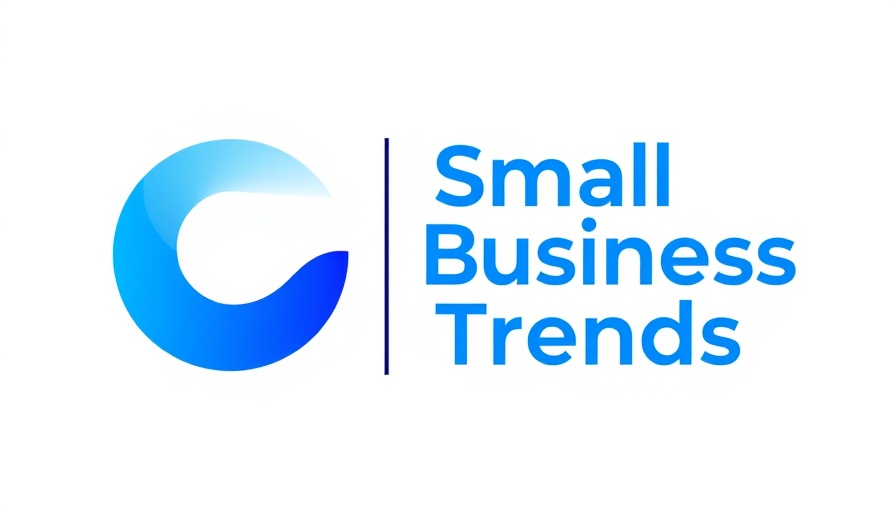
Unpacking the Job Market Challenges for Small Businesses
Despite promising signs of economic recovery, small businesses continue to face significant hurdles in navigating the job market. A recent NFIB Jobs Report revealed that 32% of small business owners are struggling with unfilled job openings, a slight improvement from previous months, yet indicative of ongoing labor shortages. Reports suggest that while the economy is looking better, many small businesses are hesitant to expand their workforce due to difficulties in locating qualified candidates. This issue disproportionately affects small enterprises that serve as the backbone of local economies.
The Vital Link Between Business Growth and Labor Quality
At the heart of small business concerns is labor quality. With 21% of owners citing it as their top issue, the quest for skilled workers is more critical than ever. Recent trends show a complex demand for a diverse range of skill sets. For instance, 28% of the reported job openings are for skilled positions, while there has been a slight uptick in unskilled labor needs, reflecting evolving trends across industry sectors. This dichotomy underlines the need for businesses to adapt their recruitment strategies to find candidates who meet their specific needs.
Industry-Specific Dynamics: A Closer Look
Labor demand varies greatly across different industry sectors. The construction and manufacturing industries are currently experiencing a surge in job openings, while fields like finance and wholesale lag behind. This stark contrast emphasizes the necessity for tailored recruitment and retention approaches that address the unique demands of each sector. Small business owners should keenly assess these industry trends to position themselves competitively in the hiring landscape.
Increasing Compensation: A Strategy for Attracting Talent
Small business owners are responding to the competitive labor market by raising compensation. The NFIB report indicates that a net 29% increased wages in August, with further plans for increases among 20% of owners. This upward trend in compensation is crucial as businesses attempt to attract and retain qualified applicants. Maintaining flexibility in compensation and adjusting salaries to reflect market conditions will be essential as employers seek to differentiate themselves in a crowded job market.
Optimism Amidst Challenges
While challenges persist, a sense of optimism remains among small business owners. A net 15% plan to expand their workforce over the next three months, indicating a sustained desire for growth. This optimistic outlook is essential for the ongoing recovery of the small business sector. However, effectively aligning hiring strategies with the evolving priorities of their workforce will be fundamental to leveraging this optimism into tangible growth.
Looking Ahead: Recommendations for Small Business Owners
With the labor market's evolving landscape, small business owners must be agile in their approach to hiring and retention. It’s critical to invest in workforce development programs to bridge the skills gap and enhance labor quality. Moreover, cultivating relationships with local vocational programs, colleges, and training centers can provide a steady pipeline of skilled workers. Additionally, leveraging technology in recruitment processes can improve the reach and efficiency of hiring endeavours.
Conclusion: Navigating Future Labor Market Trends
In conclusion, understanding the intricate dynamics of the labor market is vital for small business owners. By cultivating strong recruitment strategies, adapting compensation structures, and acknowledging industry-specific demands, small businesses can position themselves for sustained success in a fluctuating job landscape. Keeping an eye on emerging trends and being willing to innovate will be key ingredients to thriving in today's economy.
 Add Row
Add Row  Add
Add 



Write A Comment